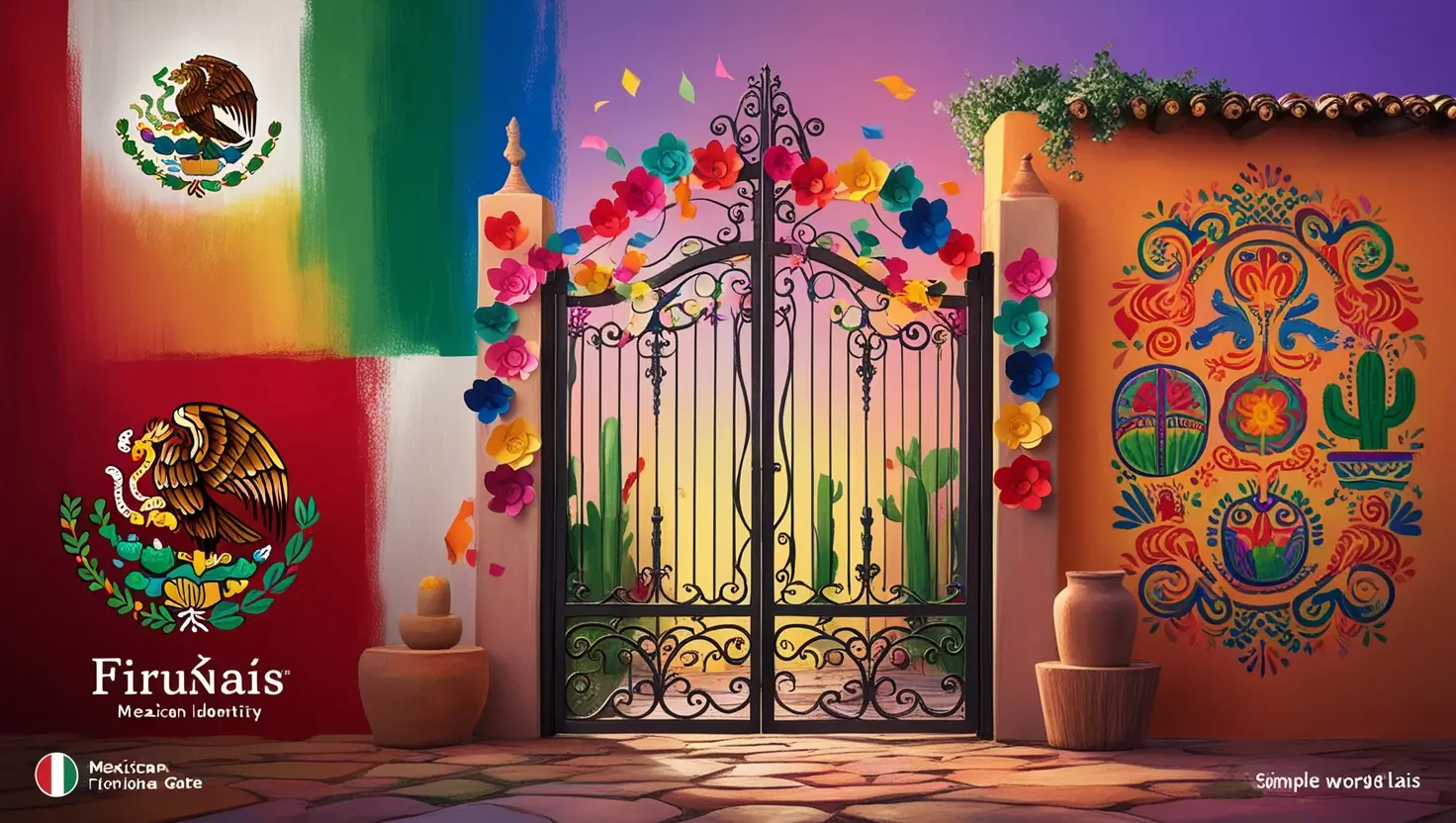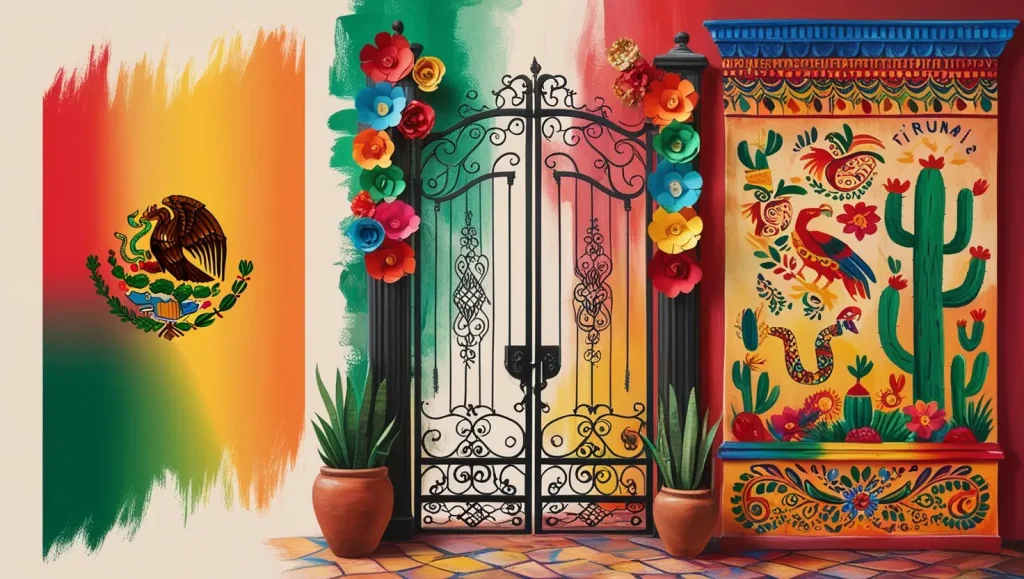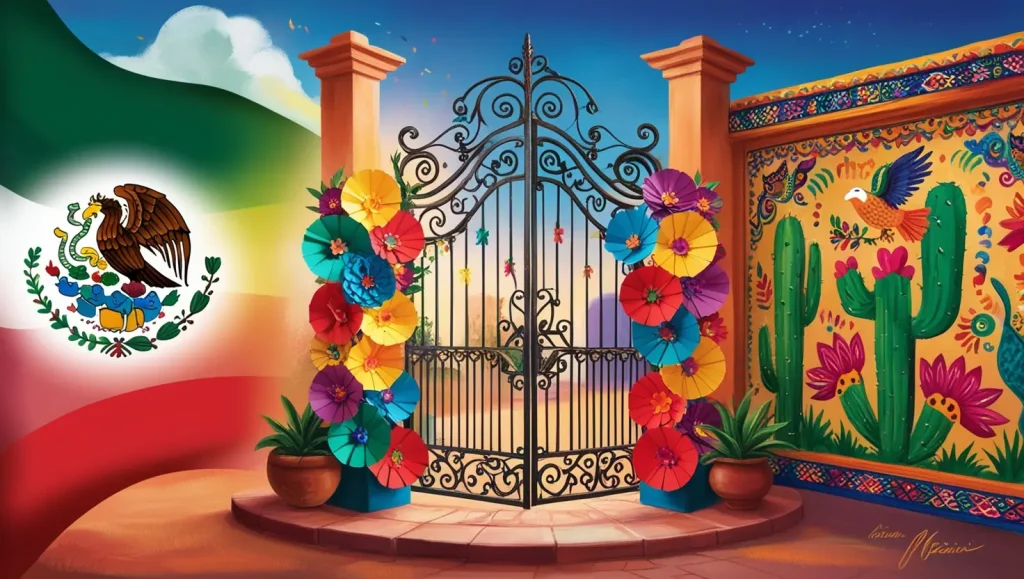Firuñais: How a Simple Word Became a Symbol of Mexican Identity

Firuñais is a term that resonates deeply within Mexican society, symbolizing not just stray dogs, but a unique blend of cultural, linguistic, and artistic expressions. Over the years, it has grown to encompass a variety of meanings and associations, from affection for pets to references in modern art and popular culture. This article delves into the origins, evolution, and cultural significance of Firuñais, exploring its role in language, folklore, art, and the wider global context.
What is Firuñais? Unpacking Its Meaning and Cultural Resonance
Firuñais, often referred to as the affectionate term for stray dogs, has evolved to represent much more than just a name. It’s a blend of cultural, linguistic, and social elements that have shaped its meaning over time. The term has been adopted across Mexico and other Latin American countries, gaining recognition as a term that embodies the close bond between people and their canine companions.
You May Also Like: Malia Manocherian: Shaping the Future of Tech and Empowering Women – The TGTube
Firuñais is derived from the word firulais, an affectionate nickname for stray dogs in Mexico. However, it has grown beyond its original meaning to reflect the larger cultural identity of Mexicans and their connection to animals. The name also reflects the linguistic blending seen in Spanglish, a hybrid of Spanish and English that emerged in border regions, further cementing its place in the rich cultural tapestry of Mexican society.
The Origins and Evolution of Firuñais
The origins of Firuñais can be traced back to a blend of English and Spanish, particularly in bilingual communities along the U.S.-Mexico border. The term likely evolved from the English phrase “free of lice,” which was playfully transformed into firulais in Mexican Spanish. Over time, the term morphed into Firuñais, symbolizing both affection for stray dogs and the linguistic creativity inherent in Spanglish, reflecting the unique cultural fusion of Mexico’s border regions.
From “Free of Lice” to Firuñais: A Linguistic Transformation

One of the most intriguing theories behind the origin of Firuñais is its connection to the English phrase “free of lice.” This expression, often used to describe stray dogs in the border regions of Mexico and the U.S., eventually morphed into the term firulais. Over time, this linguistic shift became a symbol of affection for stray dogs and an expression of Mexican cultural resilience. The transformation from English to Spanish is an example of the dynamic and ever-evolving nature of language in bilingual communities, especially those in border regions.
The widespread use of Firuñais in Mexican society reflects a larger pattern of language evolution, where cultural and linguistic exchanges between English and Spanish speakers have created new forms of expression. This linguistic hybridization is particularly evident in areas like Spanglish, where words from both languages blend together to create unique terms that reflect the realities of life in bilingual communities.
The Impact of Mexican Folklore on Firuñais
Firuñais is also deeply embedded in Mexican folklore. The term gained significant emotional resonance with the emergence of Payaso Firulais, a beloved clown character who became synonymous with the term. Payaso Firulais is often portrayed as a tragic figure, embodying the plight of stray dogs and the affection that Mexicans have for these animals. Over time, the character became a symbol not only of humor and entertainment but also of the deep emotional connection that Mexicans feel toward their pets, especially stray dogs.
In addition to Payaso Firulais, the cultural significance of stray dogs in Mexican folklore cannot be overstated. Dogs, particularly strays, are often depicted as loyal companions in folk tales, representing survival, loyalty, and the unique bond between humans and animals. These cultural representations have only strengthened the symbolic meaning of Firuñais in Mexican society, making it a beloved term that transcends generations.
| Year | Event/Development | Impact/Significance |
| Early 1900s | Initial use of “free of lice” in border regions | Describes stray dogs, showcasing their survival and resilience. |
| 1950s | Introduction of Spanglish in Mexican border areas | Linguistic blending leads to the creation of the term Firuñais. |
| 1970s | Emergence of Payaso Firulais in Mexican folklore | Payaso Firulais becomes a key cultural symbol representing stray dogs. |
| 1990s | Firuñais used widely in media and popular culture | The term begins to symbolize the affectionate bond between Mexicans and their pets. |
| 2000s | Firuñais gains international recognition via social media | Term becomes globalized and adopted in various contexts beyond Mexico. |
The Role of Firuñais in Mexican Society: Affection and Identity
Firuñais represents much more than just a term for stray dogs; it is a symbol of love, affection, and the deep bond between Mexicans and their canine companions. In Mexican society, stray dogs are often seen as survivors of the urban landscape, and the term Firuñais reflects both empathy and respect for their resilience. These dogs are not merely street animals but are viewed as loyal companions, capable of forging strong emotional bonds with humans.
You May Also Like: Angelicatlol Facial: Revolutionizing Skincare with a Holistic Approach – The TGTube
This symbolic meaning of Firuñais is deeply ingrained in Mexican culture. The term is often used to refer to pets in a playful or affectionate way, especially among families with adopted dogs. Its cultural significance goes beyond linguistic boundaries, with Firuñais emerging as a universal symbol of the relationship between people and animals, particularly within the Mexican context.
Firuñais in the Media: Popularizing the Term
Firuñais has made its mark in the media, thanks to its connection to beloved characters like Payaso Firulais and its frequent appearance in TV shows, films, and cartoons. In the 1990s, Payaso Firulais became a well-known figure in Mexican entertainment, symbolizing the connection between humans and stray dogs. The popularity of these characters helped the term Firuñais gain widespread usage and recognition in both Mexican and Latin American pop culture.
Moreover, in recent years, Firuñais has become a staple in the world of memes, with social media platforms further spreading the term’s reach. Memes and viral videos featuring stray dogs or affectionate pets often use the term Firuñais to evoke feelings of humor, love, and camaraderie. This digital age resurgence of Firuñais demonstrates the continued relevance of the term, especially among younger generations who are keen to embrace both traditional and modern cultural expressions.
| Year | Art/Media Representation | Description |
| 1980s | Folk art depictions of Payaso Firulais | Art inspired by the folkloric clown character, often with dog imagery. |
| 1995 | “El Payaso Firulais” TV Show | A children’s TV show that popularizes the character Payaso Firulais, expanding the cultural meaning of Firuñais. |
| 2005 | Firuñais-themed street art | Murals and graffiti art using Firuñais as a symbol of affection for stray dogs. |
| 2015 | Firuñais memes on social media | A rise in social media memes that use Firuñais to express humor, love, and emotional bonds with pets. |
Firuñais in Modern Art and Design: The Creative Influence

The term Firuñais has not only influenced language but also modern art and design. The folk roots of the term can be seen in contemporary art, particularly in Mexican design movements. Artists and designers have embraced Firuñais as a symbol of the country’s rich cultural heritage, often incorporating dog imagery and motifs into their works. This connection between Firuñais and art highlights the deep emotional ties Mexicans have with their pets, as well as their ability to creatively express these feelings.
Firuñais has also left its mark on fashion and interior design. From dog-themed accessories to streetwear inspired by Firuñais, the term has found a place in contemporary style. Designers are increasingly using vibrant colors and natural forms in their pieces, drawing inspiration from the symbolism of Firuñais and its connection to Mexican folk art. This influence reflects the blending of traditional and modern aesthetics that is characteristic of Mexican art and culture.
| Year | Trend/Item | Description |
| 2010 | Dog-themed apparel collections | Clothing lines featuring Firuñais-inspired designs and dog motifs. |
| 2013 | Firuñais branding on accessories (hats, bags, etc.) | Fashion accessories incorporating the Firuñais symbol to appeal to pet lovers. |
| 2017 | Folk-inspired Firuñais fashion pieces | Designers incorporate traditional Mexican folk art to feature Firuñais motifs. |
| 2020 | Firuñais T-shirts and casual wear | Streetwear brands produce limited edition Firuñais-themed T-shirts and hoodies. |
The Lingering Legacy of Firuñais: Where Does it Go From Here?
Firuñais continues to evolve, both in terms of its linguistic use and cultural significance. As a symbol of love, survival, and emotional connection, it remains relevant in Mexican society, while also making waves internationally. Social media, in particular, has played a significant role in spreading the term beyond the borders of Mexico, creating a global recognition for Firuñais and its cultural weight. This continued evolution reflects the dynamic nature of language and culture in an increasingly interconnected world.
You May Also Like: Uncuymaza: Exploring Peru’s Hidden Jewel in the Andes – The TGTube
The future of Firuñais seems promising as it continues to evolve with global cultural exchanges. With the rise of digital platforms, the term has become part of the global lexicon, transcending regional boundaries. As the global community embraces social media and digital culture, Firuñais will likely continue to play a prominent role in online conversations, particularly those centered around the bond between humans and their pets. Its use in memes, viral videos, and digital art will help ensure that the term stays relevant, continuing to evoke feelings of affection and humor. As the digital world continues to shape modern cultural expressions, Firuñais will likely maintain its place as a symbol of love, loyalty, and shared identity across borders.
Conclusion: The Timeless Symbolism of Firuñais
In conclusion, Firuñais is far more than just a term for stray dogs. It has become a multifaceted symbol representing deep cultural connections, love for animals, and the creativity that defines Mexican society. From its roots in Spanglish to its widespread use in media, folklore, and art, Firuñais has evolved into an emblem of affection and cultural pride. It is not just a word, but a reflection of the emotional bonds between Mexicans and their canine companions, making it a central figure in the language and culture of Mexico.
As Firuñais continues to grow in prominence, its influence on popular culture, social media, and even modern design will ensure that it remains relevant for generations to come. Whether in folklore, fashion, or everyday conversation, Firuñais will continue to serve as a bridge between tradition and modernity, holding a special place in the hearts of those who understand its true meaning.
FAQ
What does Firuñais mean?
Firuñais is a term derived from firulais, an affectionate nickname for stray dogs in Mexico. It symbolizes the emotional connection Mexicans have with their pets, particularly stray dogs, and has evolved to encompass cultural, artistic, and linguistic significance.
Where did the term Firuñais originate?
The term originated in Mexico, particularly in bilingual communities along the U.S.-Mexico border, where it was derived from the English phrase “free of lice.” Over time, it morphed into the term firulais, and eventually Firuñais, becoming a symbol of love and affection for stray dogs.
How is Firuñais used in Mexican culture?
In Mexican culture, Firuñais is used as a term of endearment for stray dogs and pets. It has cultural significance, representing the bond between Mexicans and their animals. The term is also prevalent in Mexican folklore, media, and art, symbolizing loyalty, love, and companionship.
Has Firuñais appeared in popular culture?
Yes, Firuñais has appeared in popular culture, particularly in Mexican entertainment. The character Payaso Firulais (Clown Firulais) became a symbol of the affectionate relationship between Mexicans and stray dogs.
What role does Firuñais play in modern design?
Firuñais has inspired fashion, streetwear, and interior design. Artists and designers incorporate Firuñais into their work, using dog imagery and motifs to symbolize the bond between humans and animals.






